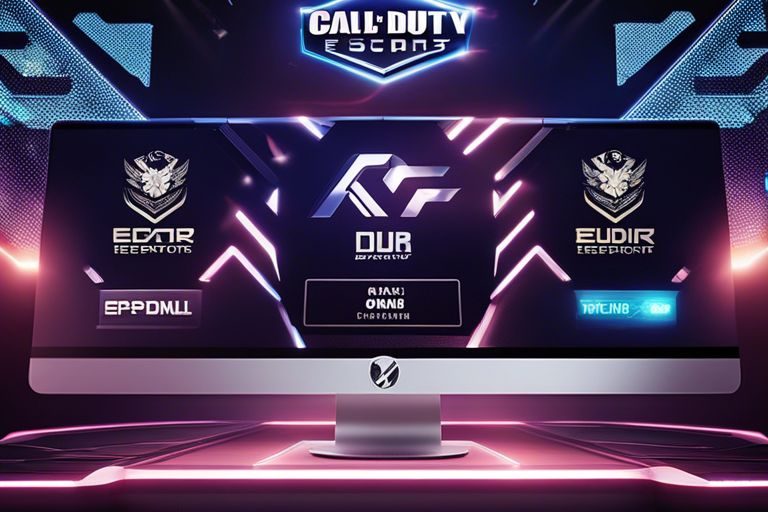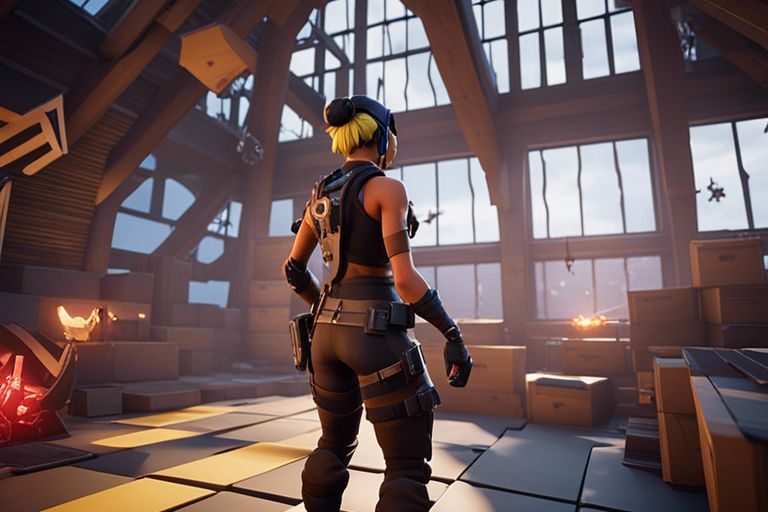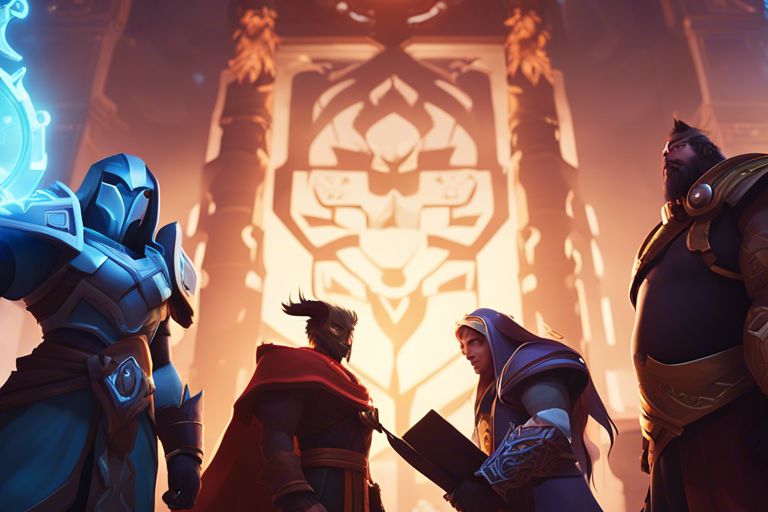It’s remarkable how the regular updates in DOTA2 not only keep the game fresh and exciting but also have the power to completely reshape the way the game is played. These patches may bring about significant changes to game mechanics, hero abilities, item effects, and more, impacting strategies and playstyles of millions of players worldwide. Understanding how these updates affect the game can make the difference between victory and defeat on the battlefield.
The Anatomy of a DOTA2 Patch
Content and Feature Updates
Patch updates in DOTA2 often bring exciting new content and features to the game. This can include new heroes, items, game modes, and quality of life improvements that enhance the overall player experience. Players eagerly await these updates to see what fresh elements will be introduced to the game.
Balance Changes and Their Impact
One of the most crucial aspects of a DOTA2 patch is the balance changes it brings to the game. These changes can significantly impact the meta, shifting the power dynamics between heroes and altering gameplay strategies. Balance changes aim to address strong or weak heroes, items, and mechanics to ensure a fair and diverse gameplay experience for all players.
Balance changes can make or break a hero’s viability in the game. A small tweak to a hero’s abilities or attributes can have a massive impact on their effectiveness in matches. Players must adapt to these changes quickly to stay competitive in the ever-evolving landscape of DOTA2.
Update Analysis: Strategies and Meta Development
Assessing Hero and Item Adjustments
Analysis of hero and item adjustments after a DOTA2 update is crucial in understanding how gameplay dynamics may shift. By examining changes in hero abilities, item stats, and gold costs, players can anticipate potential impacts on hero viability and itemization trends. This detailed scrutiny enables players to adapt their strategies and optimize their gameplay in line with the latest patches.
Predicting Shifts in the Meta-Game
To stay ahead in the game, players must be adept at predicting shifts in the meta-game following updates. By evaluating the altered strengths and weaknesses of heroes and items, as well as the overall game mechanics adjustments, players can proactively navigate the evolving landscape of DOTA2. Successful predictions can give players a strategic edge, allowing them to capitalize on emerging trends and exploit potential vulnerabilities in opponent strategies.
A thorough understanding of the intricate relationships between hero abilities, item synergies, and gameplay mechanics is crucial for predicting shifts in the meta-game. By analyzing the potential impacts of each update on hero viability, item choices, and strategic approaches, players can make informed decisions that enhance their competitive edge. Anticipating the potential risks and opportunities presented by each update is key to staying at the forefront of the ever-evolving DOTA2 meta.
Player Adaptation and Community Response
How Professional Players React to Patches
After every patch release in DOTA 2, professional players quickly dissect the changes to heroes, items, and game mechanics. They meticulously analyze the impact of these updates on the meta, experimenting with new strategies and compositions to stay ahead of the competition.
Community Feedback and Its Influence on Future Updates
With each patch, the DOTA 2 community provides rapid and passionate feedback on the changes. Valve, the developers of DOTA 2, closely monitor forums, social media, and in-game data to gauge player sentiment. This feedback loop plays a crucial role in shaping future updates and balancing changes.
It is imperative for developers to strike a balance between listening to community feedback and maintaining the integrity of the game. While some changes may be universally welcomed, others can be contentious, requiring careful consideration to ensure a healthy and competitive gameplay environment.
The Economics of Patching
Monetization and Update Cycles
On the battlefield of DOTA 2, the economics of patching play a crucial role in shaping how players engage with the game. Valve, the developer of DOTA 2, understands the importance of keeping the game fresh and exciting through regular updates. These updates not only introduce new content and balance changes but also serve as a way for Valve to monetize the game through in-game purchases. With each patch, players are presented with new cosmetics, battle passes, and other items that can be purchased, driving revenue for Valve while enhancing the player experience.
The Cost of Remaining Competitive
An integral part of the economics of patching in DOTA 2 is the cost of remaining competitive. As the game evolves with each patch, players are faced with the challenge of adapting their strategies, mastering new heroes, and understanding the latest meta. Those who fail to keep up with the ever-changing landscape of the game risk falling behind their competitors and losing their edge. It requires dedication, time, and sometimes financial investment to remain at the top of their game.
To wrap up
With these considerations in mind, it is clear that patch updates play a significant role in reshaping the gameplay experience in DOTA2. From balancing hero abilities to introducing new items and mechanics, these updates continually affect the strategies and dynamics within the game. Staying informed and adapting to the changes brought in by patches is crucial for players looking to stay competitive and maintain an edge in the ever-evolving DOTA2 landscape. Embracing the evolving nature of the game and mastering the adjustments brought by updates can undoubtedly lead to improved gameplay and success on the battlefield.




